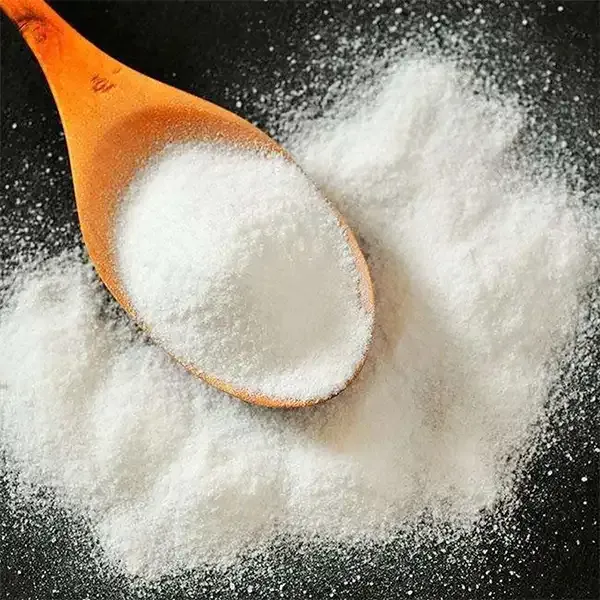Understanding Cellulose and Its Derivative HPMC
Cellulose, a polysaccharide composed of linear chains of glucose molecules, serves as one of the most abundant organic polymers on Earth. It is primarily found in the cell walls of plants, providing structural support, rigidity, and overall strength. As an integral component of dietary fiber, cellulose also plays a vital role in human nutrition, promoting digestive health and acting as a bulking agent. Given its abundance, cellulose has inspired various scientific and industrial applications, leading to the development of numerous cellulose derivatives, notably Hydroxypropyl Methylcellulose (HPMC).
What Is HPMC?
Hydroxypropyl Methylcellulose, or HPMC, is a semi-synthetic derivative of cellulose that has gained significant popularity in various fields due to its unique properties. It is created through the modification of cellulose molecules by adding hydroxypropyl and methyl groups. The resulting compound exhibits distinct characteristics that make it suitable for an array of applications, particularly in food, pharmaceuticals, cosmetics, and construction.
HPMC is a white to off-white powder that is odorless and tasteless. It is soluble in cold water, where it forms a clear, viscous gel or solution. This property makes HPMC an excellent choice when a smooth texture is desired.
Applications of HPMC
1. Pharmaceutical Industry In the pharmaceutical sector, HPMC is widely utilized as a binder and controlled-release agent in tablet formulations. Its film-forming abilities enable the production of sustained-release coatings that allow drugs to be released slowly over time, enhancing therapeutic efficacy. Furthermore, HPMC is employed as a thickening agent in various liquid formulations, improving consistency and stability.
cellulos hpmc

2. Food and Beverage Industry HPMC is often found in the food industry as a food additive. It functions as a thickener, stabilizer, and emulsifier, improving the texture of products such as ice creams, sauces, and dressings. Additionally, HPMC can serve as a fat replacer, making low-fat versions of certain foods more palatable while maintaining desired consistency.
3. Cosmetics and Personal Care Products The cosmetic industry has embraced HPMC for its ability to enhance product texture and stability. It is commonly included in lotions, creams, shampoos, and other personal care products as a thickener and film-forming agent. Its gentle nature makes it suitable for sensitive skin applications.
4. Construction and Building Materials In the construction industry, HPMC plays a crucial role as an additive in cement-based products, such as tile adhesives and plasters. It improves workability, water retention, and adhesion properties, facilitating easier application and ensuring durability once the material sets.
Benefits of Using HPMC
The use of HPMC offers numerous advantages. Firstly, it is non-toxic and biodegradable, making it an environmentally friendly option. Its versatility across various industries is another significant benefit, catering to diverse requirements. Additionally, HPMC’s compatibility with many other ingredients enhances formulation possibilities, allowing for the creation of innovative products.
Conclusion
In essence, cellulose and its derivative HPMC comprise a vital aspect of modern science and industry. HPMC’s unique properties have opened doors to countless applications, driving advancements in pharmaceuticals, food processing, cosmetics, and construction. As researchers continue to explore and develop new methods of utilizing cellulose derivatives, the potential for HPMC remains robust, contributing positively to health, wellness, and sustainability. Given its multifaceted roles in everyday products, HPMC deserves recognition not only for its functionality but also for its contribution to more sustainable practices in various industries. With ongoing research and development, HPMC will likely continue to play a key role in shaping the future of materials and formulations across diverse fields.
-
The Application and Significance of Construction RdpNewsMay.19,2025
-
Industrial Grade HpmcNewsMay.19,2025
-
Building Coating Adhesive Building Coating Adhesive HpmcNewsMay.19,2025
-
Application Of Hpmc For Detergent For Detergent In DetergentsNewsMay.19,2025
-
Application Of Hpmc Cellulose In Cement-Based MaterialsNewsMay.19,2025
-
Application Of High Quality Hpmc For Construction In The Field Of ConstructionNewsMay.19,2025




